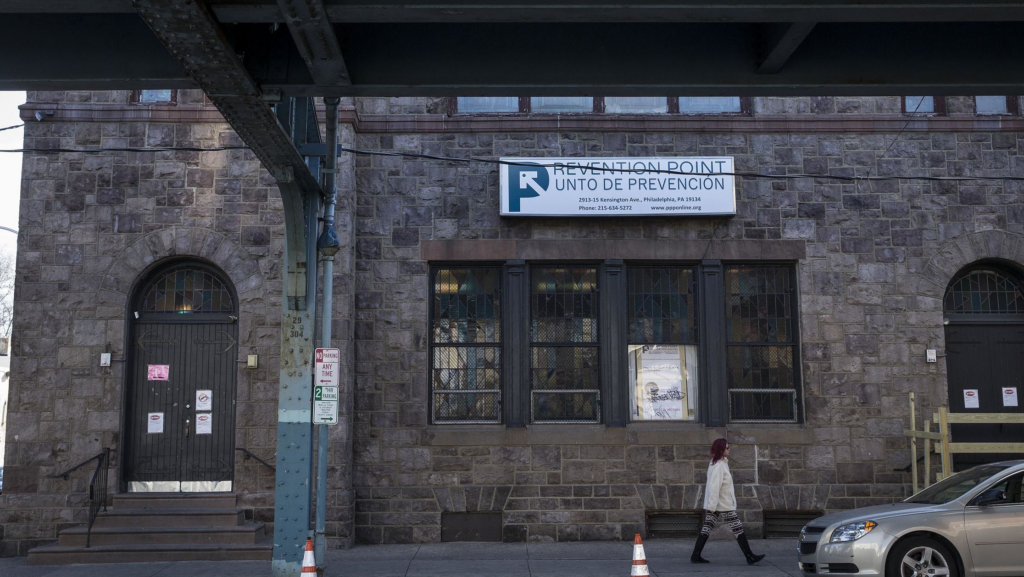
The opioid crisis in Philadelphia is a complex and devastating public health issue that has had a profound impact on the city and its residents. The crisis is primarily driven by the misuse and abuse of opioid drugs, including prescription painkillers and opioids like heroin and fentanyl. Philadelphia has experienced alarmingly high rates of opioid overdoses, leading to a significant loss of life. Overdose deaths involving opioids have been a persistent and growing problem, with the city’s residents, particularly in vulnerable communities, suffering the most.
Response and Interventions: Philadelphia has taken several steps to address the opioid crisis. These include expanding access to naloxone, an opioid overdose reversal medication, creating harm reduction programs, and increasing the availability of medication-assisted treatment (MAT) for opioid use disorder. The city also operates supervised injection sites to provide a safer environment for those using opioids.
Public Health Initiatives: Philadelphia’s Department of Public Health and numerous community organizations have initiated educational campaigns and outreach programs to raise awareness about the risks of opioid misuse, the importance of harm reduction, and the availability of treatment resources.
The opioid crisis in Philadelphia remains a critical public health issue, demanding a multifaceted approach that combines harm reduction, treatment, prevention, and community engagement. Efforts to address this crisis involve various stakeholders, including healthcare providers, law enforcement, policymakers, and community organizations, all working together to combat the effects of opioid use disorder on the city’s residents.
–
Here, at KMAP, we are working towards a partnership with Prevention Point to understand and address stigma against the use of Xylazine in Philadelphia. Kensington, in particular, has been depicted as a hub of drug use in the media, which has contributed to a negative perception of the neighborhood. People from outside the community often associate the area with addiction and crime, reinforcing stereotypes.
It is important to recognize that stigma against substance use not only perpetuates negative stereotypes, but also hinders effective solutions to the opioid crisis. Reducing stigma is a critical step in creating a more compassionate and effective approach, one that focuses on harm reduction, treatment, and support for those affected by substance use disorders. Efforts to destigmatize addiction are essential for creating a more inclusive and supportive community in Kensington and beyond.
Researchers at KMAP are examining ways in which stigma may:
- lead to a lack of empathy and understanding, which may hinder support for harm reduction programs and effective treatment.
- create barriers to individuals seeking help for their addiction. Fear of judgment or discrimination may prevent them from accessing the resources and healthcare services they need.
- discourage investments in the neighborhood and make it difficult for residents to access social services.
- be further compounded by factors such as race and socioeconomic status. People of color and those living in poverty may face heightened discrimination and barriers to receiving support.
